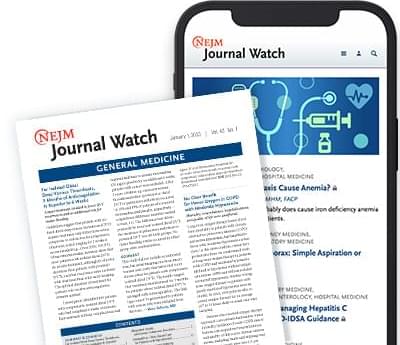A woman found that her image was being used in “deepfake porn” and the person responsible was a friend.


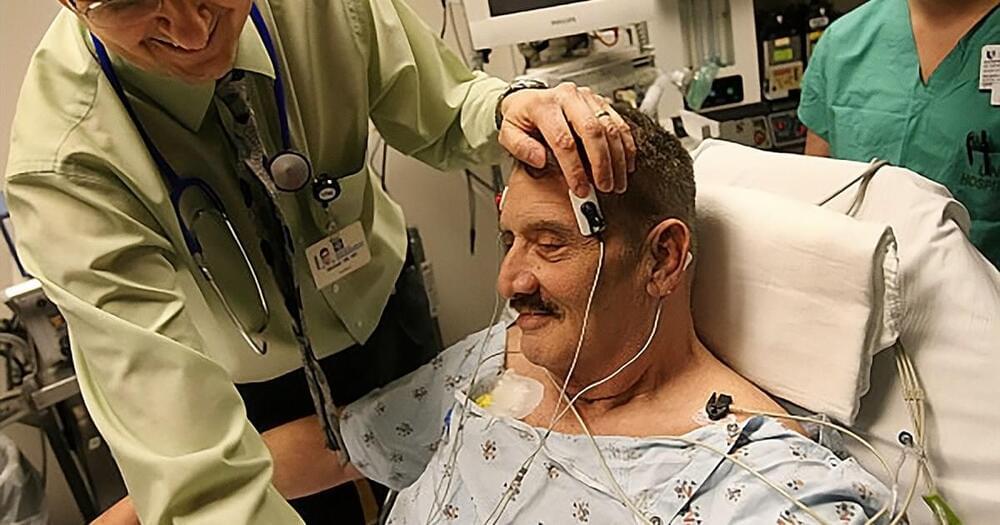

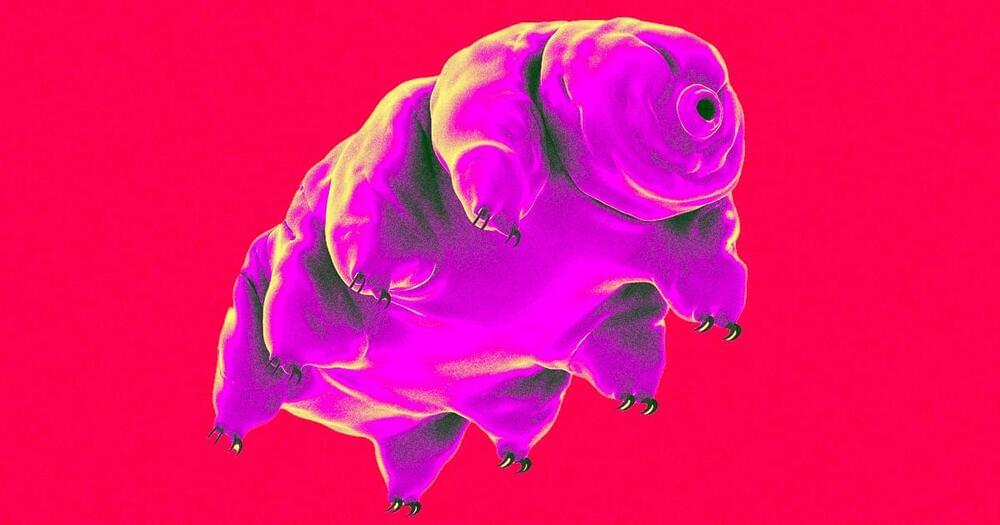
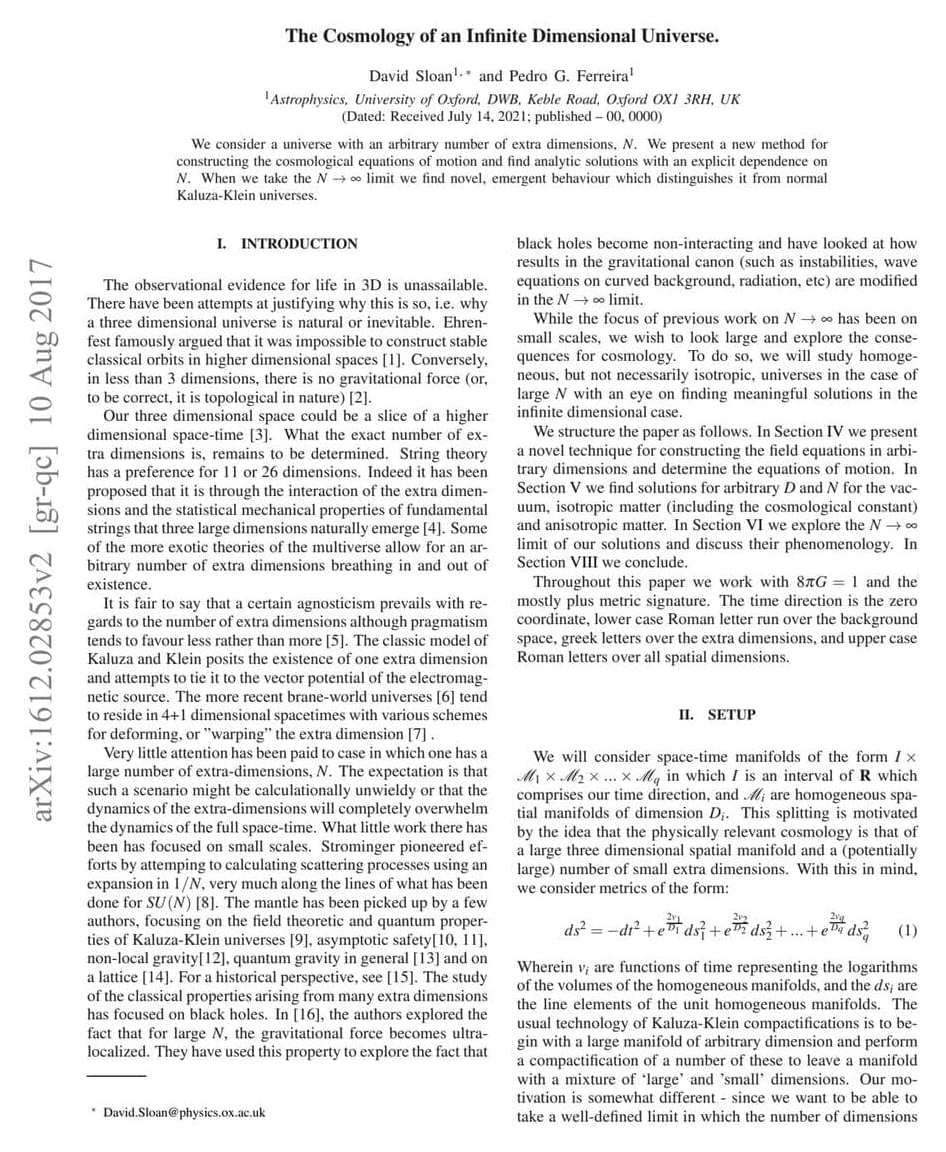
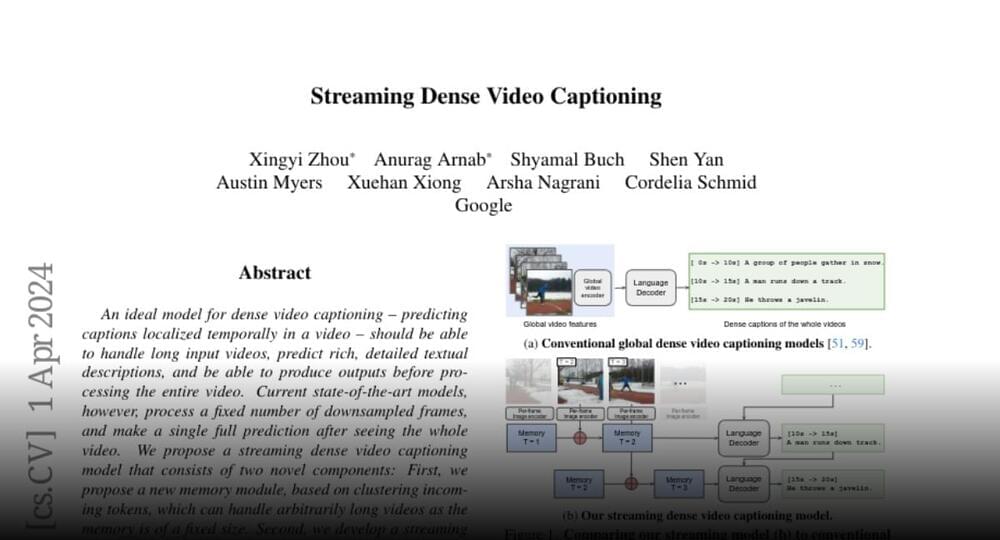
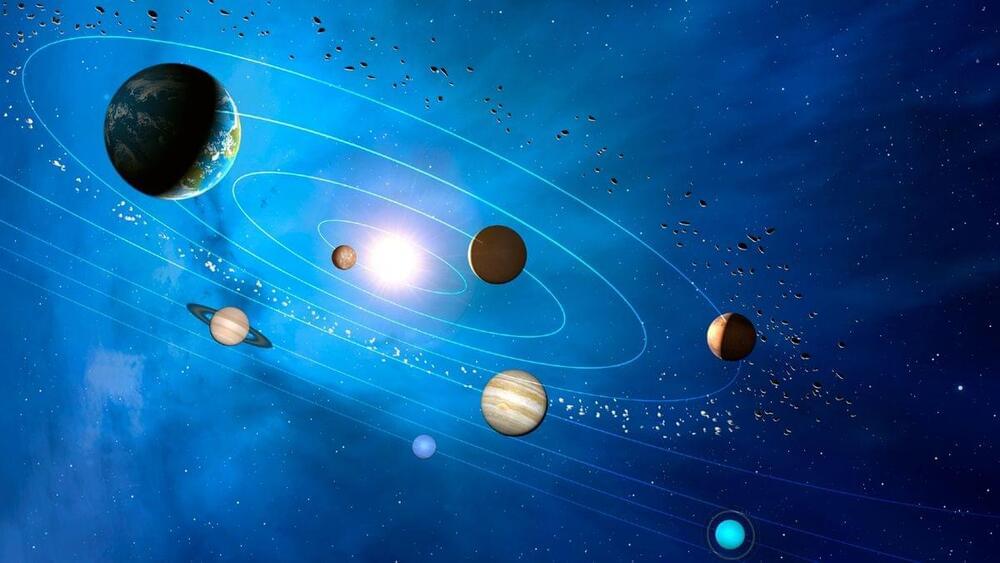
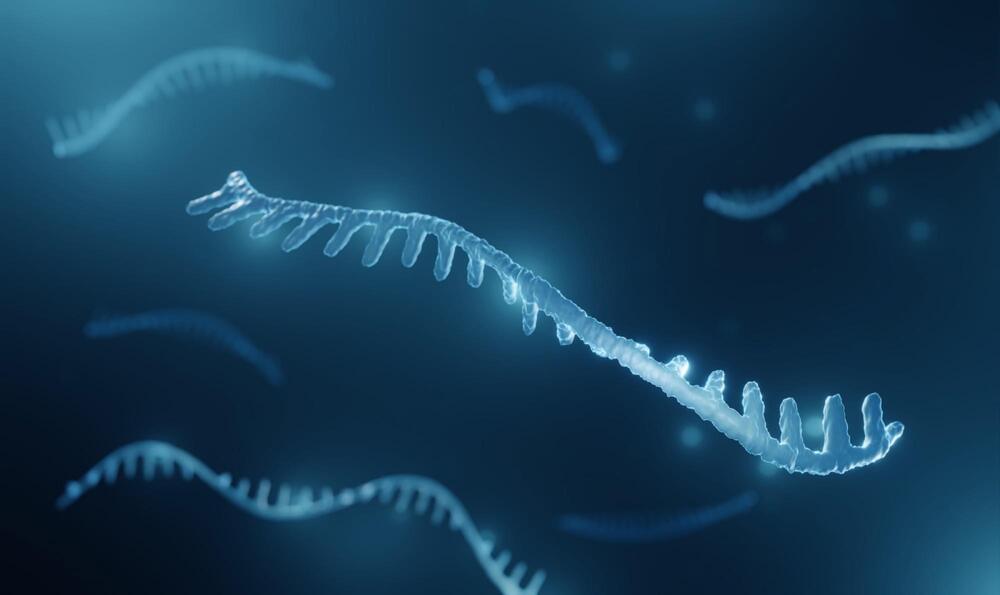
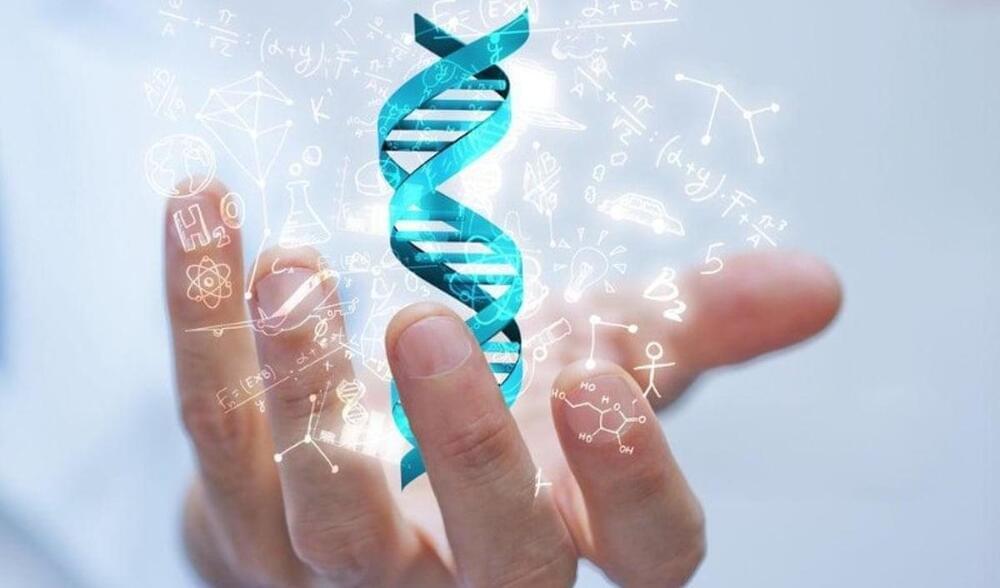
MONDAY, March 25, 2024 (HealthDay News) — Intrathecal gene transfer with scAAV9/JeT-GAN may result in some benefit for children with giant axonal neuropathy, according to a study published in the March 21 issue of the New England Journal of Medicine.
Diana X. Bharucha-Goebel, M.D., from the National Institutes of Health in Bethesda, Maryland, and colleagues conducted an intrathecal dose-escalation study of scAAV9/JeT-GAN in children with giant axonal neuropathy. Fourteen participants received one of four intrathecal doses of scAAV9/JeT-GAN: 3.5 × 1013 total vector genomes (vg); 1.2 × 1014 vg; 1.8 × 1014 vg; and 3.5 × 1014 vg (in two, four, five, and three participants, respectively).
The researchers found that during a median observation period of 68.7 months, one of the 48 serious adverse events was possibly related to treatment and 129 of 682 adverse events were possibly related to treatment. In the total cohort, the mean pretreatment slope was −7.17 percentage points per year. One year posttreatment, posterior mean changes in slope were −0.54, 3.23, 5.32, and 3.43 percentage points with the 3.5 × 1013 vg, 1.2 × 1014 vg, 1.8 × 1014 vg, and 3.5 × 1014 vg doses, respectively. For slowing the slope, the corresponding posterior probabilities were 44, 92, 99 (above the efficacy threshold), and 90 percent, respectively. Sensory-nerve action potential amplitudes increased, stopped declining, or became recordable after being absent in six participants between six and 24 months after gene transfer, but remained absent in eight participants.
